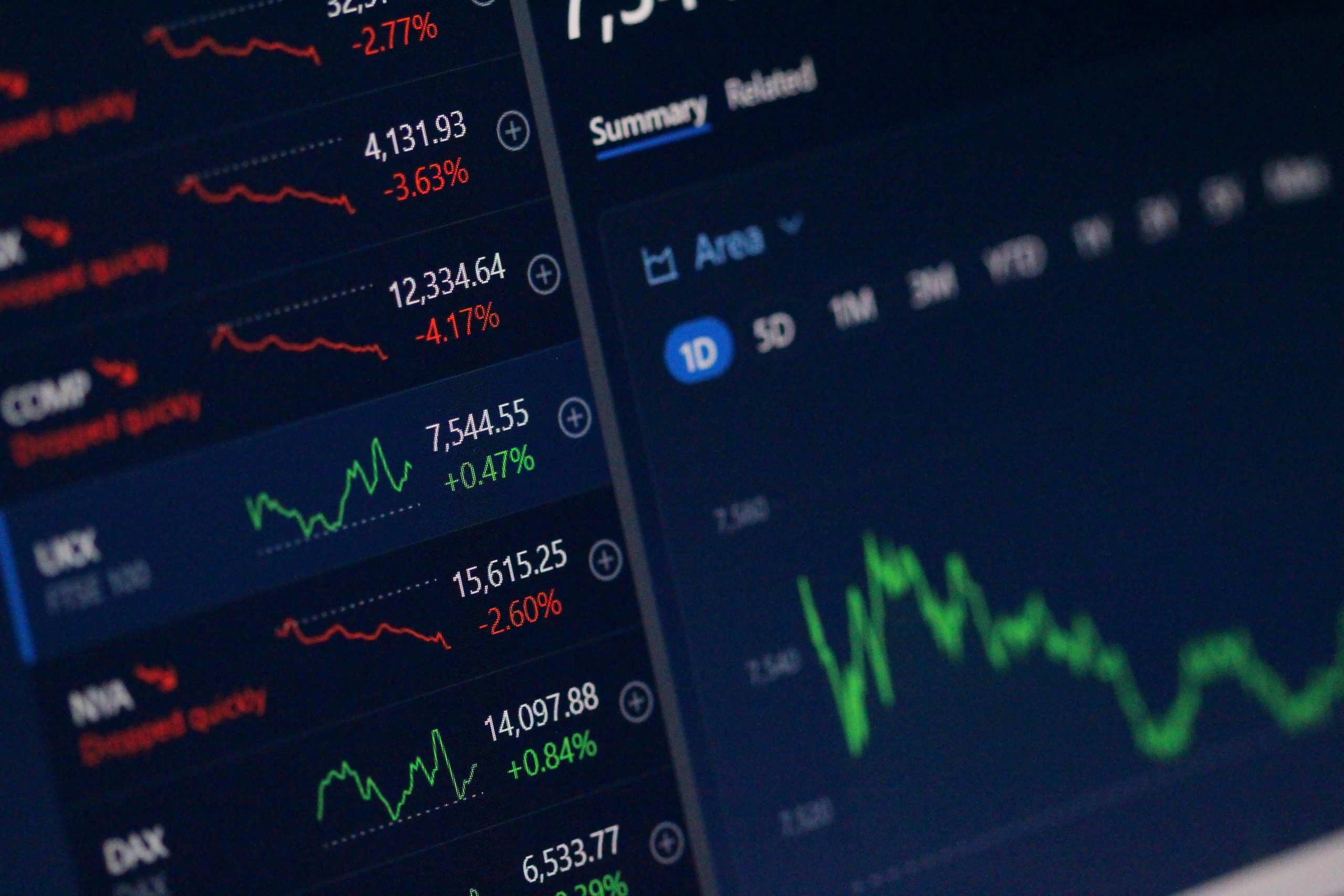
Q1 2025: Fiery Markets
Tariffs & DeepSeek meet fragile markets…
The markets started the quarter well, buoyed by strong economic data and focused on the positives of the incoming US administration’s mandated policies. However, true to form, the self-styled “Tariff Man” ramped up the rhetoric and did so in a typically haphazard fashion, creating just enough uncertainty to put businesses off investing and consumers off shopping. Or so the market fears – we have not yet had definitive data on either. As we wrote in February, the problem seems, at least in part, to be one of sequencing: front-loading tariffs and deficit cuts (which are leading to inflation and growth concerns) while any positive impetus from deregulation takes longer to impact the economy.
In the meantime, the Chinese start-up DeepSeek’s AI model release in January led investors to question how much computing is needed to support the AI complex, causing any company remotely tied into the AI theme to sell off, including transition and electrification beneficiaries. Whether so much compute and so many data centres are needed is essential – not just to the AI complex, but at an economic level too: substantially all the non-residential construction growth in the past four or five years has come from the electrical and IT infrastructure space (offsetting weak residential and non-IT related spend).
If tariff threats and AI competition were the embers, perhaps investor (and day trader) positioning was the kindling. In early January, we had record equity market concentration in US equities, within which a small coterie of 10 companies made up almost a third, of whom most had PE valuations in the high-20s
or above; net futures positioning was (and remains) almost a full standard deviation above average (meaning investors are fully-allocated to equities still), professional investors are apparently running low cash balances, and retail investors bought the dip twice during the quarter. All this leaves less capital on the sidelines to buy, should the market weaken further. A fragile position, but – much like valuation – positioning alone is not enough to induce a bear market. We await “hard data” releases and the coming quarterly earnings season for clues as to the economy’s temperature.
There is life outside the US…
On the positive side, let’s not forget the other 30% of the world’s equity market – that bit which is not the S&P 500. Europe, for example, had its best relative quarter in a decade, catalysed by an unpredictable US administration and compelled by the ongoing war within its borders.
It does feel a fiscal Rubicon has been crossed: a shift to significantly higher Defence spending among NATO members was supported by the European Commission, who in turn proposed member states could increase defence spending without triggering deficit rules. To add fuel, the incoming German coalition proposed a reform to the constitutional debt brake and a €500bn infrastructure fund.
This EU and German volte-face matters – simply proposing these measures would have been considered anathema just a year ago, and they pave the way for further constitutional reform – perhaps to fiscal or banking union. (I don’t think we should expect this any time soon, but the foundations have been laid.)
We can only hope that these Defence spending commitments follow a different path to the Net-Zero “commitments”.
Uncertainty – the only certainty
While business and consumer uncertainty is apparent in the macro data, we hear mixed messages from the companies we speak with. Yes, trading-down continues, and it is increasingly difficult to pass on pricing for some consumer-facing businesses. But travel spending and plans seem to be holding up, and credit card companies are not seeing any meaningful rise in delinquencies. Unemployment remains fairly low. Meanwhile, construction companies operating in both the US and Europe are suggesting that most projects continue apace. This earnings season should give the market the consumer and investment information it craves.
James Mee, Co-Head of Multi-Asset Strategies
Risk Warning
The views and opinions expressed are the views of Waverton Investment Management Limited and are subject to change based on market and other conditions.
The information provided does not constitute investment advice, and it should not be relied on as such. It should not be considered a solicitation to buy or an offer to sell a security.
All material(s) have been obtained from sources believed to be reliable, but their accuracy is not guaranteed. There is no representation or warranty as to the current accuracy of, nor liability for, decisions based on such information.
Date 02.04.2025



Leave A Comment